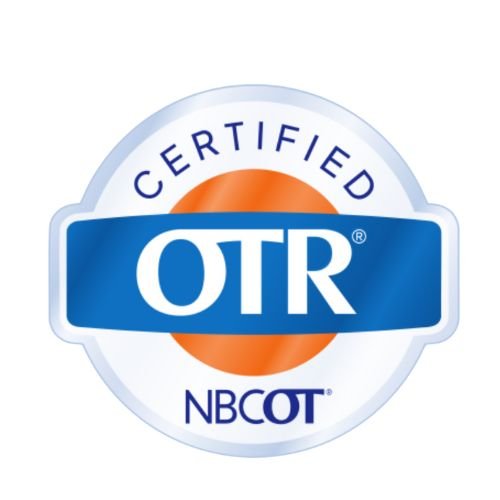I have had several people ask me about weighted blankets so I figured it was time I write an article about it. There are a lot of misconceptions about these therapeutic tools, so I wanted to share my knowledge and teach you how to use a weighted blanket safely for sleep purposes. Here we go….
What is a weighted blanket? A weighted blanket is a blanket that has an internal liner with several small, sewn-in, pockets that are filled with a weighted material (typically plastic/metal pellets) to offer deep pressure to the user. They have been used by occupational therapists for years to help treat patients with sensory processing disorders.
Why are weighted blankets so popular? Do they work? I think they have risen in popularity because of marketing techniques that promise a solution to sleepless nights. Weighted blankets can be very beneficial as a CALMING technique if used properly; however, most of the research conducted DOES NOT show significant evidence supporting improved sleep times or decreased sleep latency when using weighted blankets. Therefore, I’d suggest using them only for a short time in the bedtime routine…. perhaps while reading a book a before bed. (Gringars, et al. Pediatrics 2014;134:298–306.)
Why are weighted blankets useful? Deep pressure touch, also known as proprioceptive input, is any kind of firm pressure, compression, or traction on our muscles or joints. Light touch, such as a tickle on the neck, can often be alerting or irritating; while deeper/firm pressure, like a big bear hug, is quite CALMING to the central nervous system. The reason weighted blankets are beneficial for sleep is due to the fact that deep pressure can help facilitate the release of serotonin (think happy neurotransmitter). Serotonin then helps in the production of melatonin (our sleepy hormone).
What are some potential dangers associated with weighted blankets? When a weighted blanket is not used properly you are at risk of muscle fatigue and proprioceptive desensitization (meaning the central nervous system will soon adapt to the deep pressure stimulation and it will not have the same calming effects). Weighted blankets, if too heavy, can also impair a person’s ability to move. This can be especially concerning with toddlers, small children, and the elderly.
Therapeutic Guidelines: The two main guidelines that people need to consider before purchasing a weighted blanket is the WEIGHT and the TIME LIMITATIONS.
Weight: It is recommended that a weighted blanket be 10% of a person’s body weight. So, for an adult weighing 140 lbs., use a 14 lb weighted blanket. For a 5-year-old child weighing 45 lbs = a 4.5lb weighted blanket. The problem is that many families will order one blanket and allow different family members to use the same blanket.
Time Limitations: Utilize the blanket for no more than 20-30 minutes at a time. Then take a break for 90 minutes / 2-hour to allow your muscles and sensory system to rest before using it again. I often hear of people using these blankets throughout the entire night, which is quite concerning. You also want to think about the heat that is provided by these blankets. They body’s core temperature naturally decreases when we sleep, so overheating with a weighted blanket can disrupt your slumber.
Is there any age restriction for weighted blankets? I would recommend that all children be under adult supervision when using a weighted blanket so parents can ensure the therapeutic guidelines are being followed. I would not feel comfortable using a weighted blanket with a child under the age of 2. I am also quite hesitant on the use of weighted swaddling blankets for infants.
Other important information: You want to make sure that you have a quality blanket with even weight distribution. Typically the more sewn pockets = better weight distribution.
Review of my tips:
1. 10% of body weight
2. Use for 20-30 minutes then take it off for a rest period of 90 min – 2 hours
3. Implement the use of the blanket in the bedtime routine – do not sleep with it.
If you have any questions or concerns, please reach out. Remember, I offer free 15 minutes sleep assessments to anyone interested in my services.









